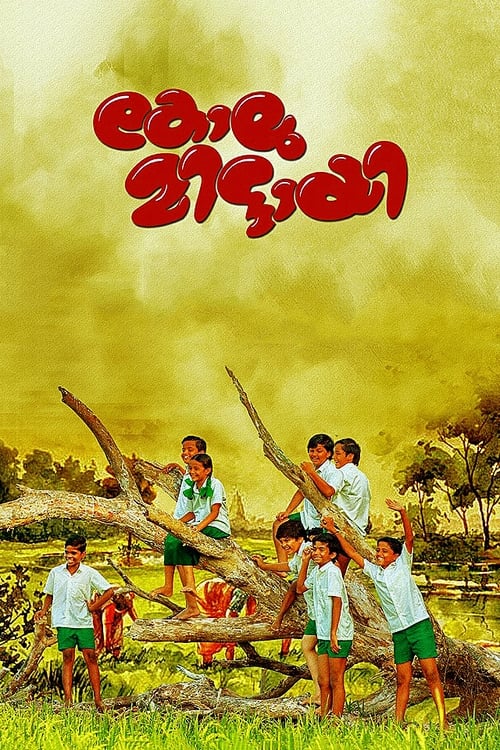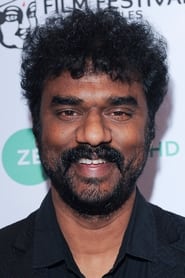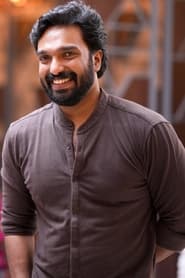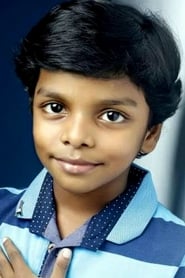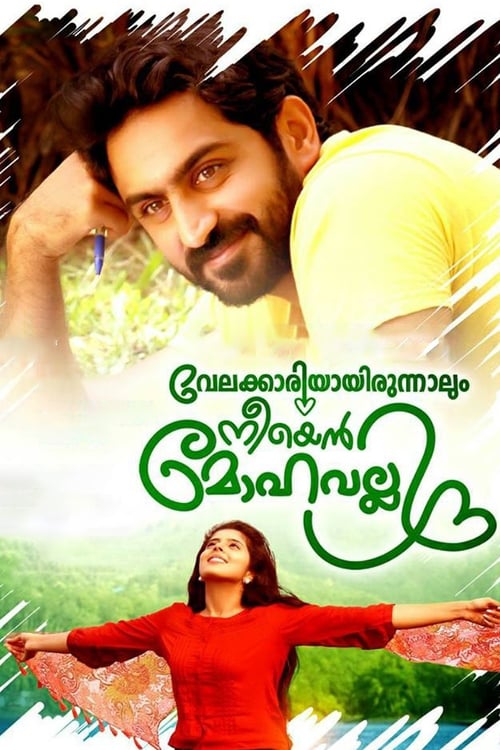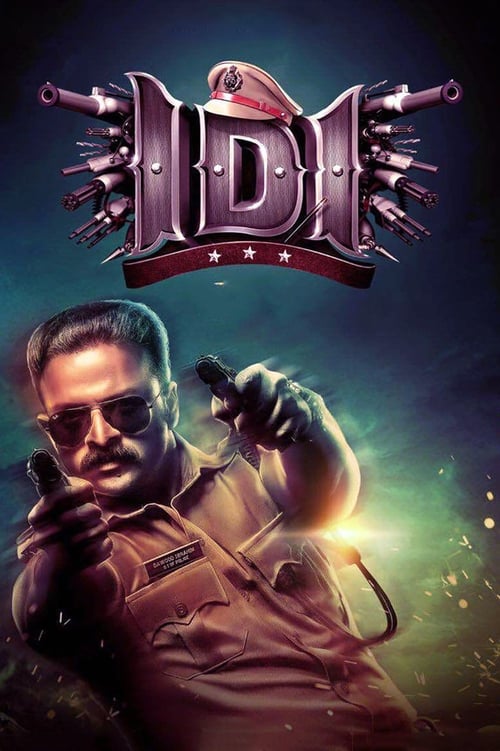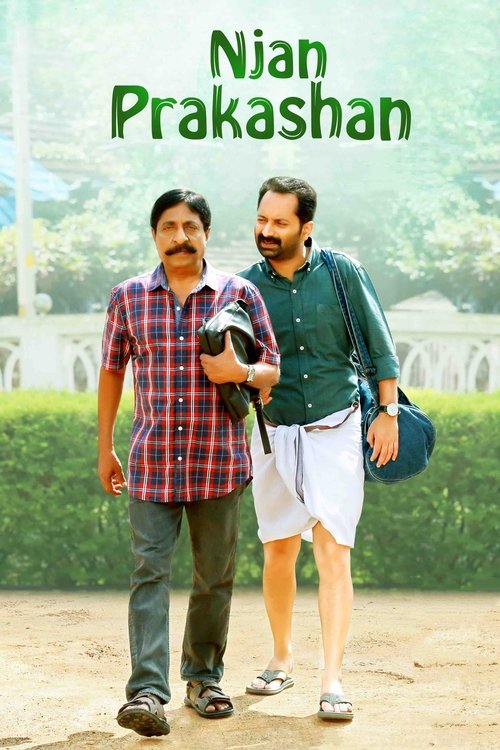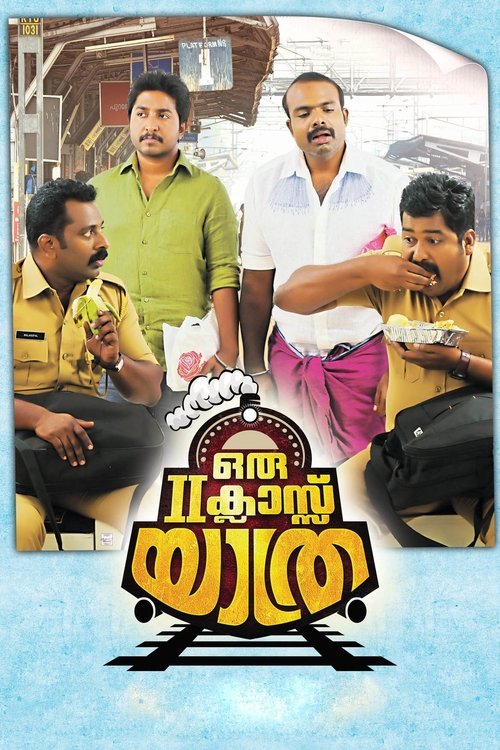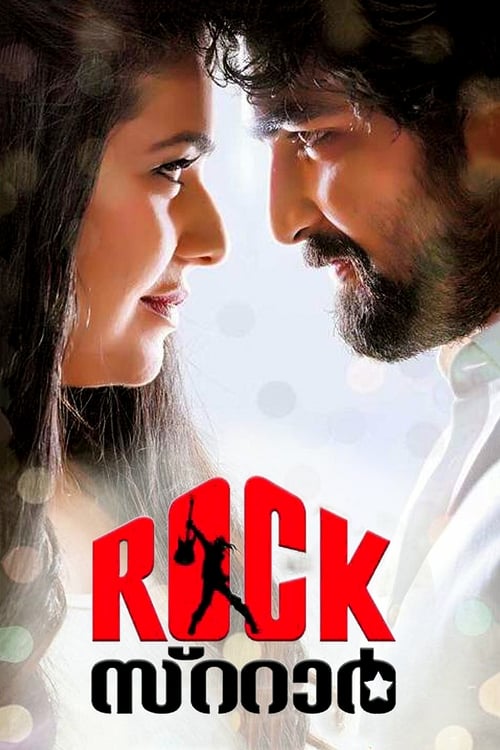
Ask Your Own Question
What is the plot?
More Movies Like This
Browse All Movies →What is the ending?
In the ending of "Kolumittayi," the protagonist, a young boy named Kuttan, faces the consequences of his actions as he navigates the complexities of childhood and the harsh realities of life. The film concludes with Kuttan coming to terms with his mistakes and the impact they have had on his family and friends.
As the final scenes unfold, Kuttan is seen reflecting on his journey. He realizes the importance of honesty and the value of relationships. The film ends on a note of hope, suggesting that Kuttan has learned from his experiences and is ready to embrace a more responsible future.
As the film approaches its climax, the atmosphere is thick with tension. Kuttan, the young protagonist, finds himself at a crossroads, grappling with the consequences of his earlier decisions. The sun sets in the background, casting a warm glow over the village, but Kuttan's heart is heavy with regret.
In the first scene of the ending, Kuttan stands alone by the riverbank, the water reflecting the fiery hues of the sunset. He watches as the ripples distort the image of his face, symbolizing the turmoil within him. Memories flood back--moments of joy with his friends, laughter shared, and the innocence of childhood. But these memories are tainted by the weight of his recent actions, which have caused pain to those he loves.
Transitioning to the next scene, Kuttan returns home, where his family is gathered. The atmosphere is somber; his parents exchange worried glances, and his siblings are unusually quiet. Kuttan's mother, with her gentle demeanor, approaches him, her eyes filled with concern. She asks him about his day, but Kuttan struggles to meet her gaze, feeling the burden of his guilt. The warmth of home contrasts sharply with the coldness of his internal conflict.
In a pivotal moment, Kuttan's father enters the scene, his expression stern yet understanding. He sits down with Kuttan, initiating a heartfelt conversation. The father shares his own childhood mistakes, emphasizing the importance of learning from them. Kuttan listens intently, his heart aching as he realizes the depth of his father's love and the expectations placed upon him. This moment serves as a turning point for Kuttan, igniting a flicker of hope within him.
The next scene shifts to Kuttan's friends, who are gathered at a nearby playground, their laughter echoing in the air. Kuttan watches from a distance, feeling a mix of longing and shame. He recalls the fun they had shared, the bonds they had formed, and the trust that has been broken. Summoning his courage, Kuttan approaches them, ready to confront the fallout of his actions. The tension is palpable as he apologizes, his voice trembling but sincere. His friends, initially hesitant, begin to soften, recognizing Kuttan's genuine remorse.
As the scene unfolds, the group slowly reconciles, laughter returning to their interactions. Kuttan's heart swells with relief, but he knows that rebuilding trust will take time. The camera captures their smiles, a visual representation of the healing process beginning to take shape.
In the final moments of the film, Kuttan stands once more by the river, this time with his friends beside him. The sun has fully set, and the stars begin to twinkle in the night sky. Kuttan reflects on the lessons learned--about honesty, friendship, and the importance of facing one's mistakes. The film closes with a sense of optimism, as Kuttan and his friends share a moment of camaraderie, ready to embrace the future together.
In summary, Kuttan's journey culminates in a heartfelt reconciliation with his friends and family. He learns the value of honesty and the strength of relationships, setting the stage for a more responsible and hopeful future. The film leaves the audience with a sense of closure, highlighting the resilience of youth and the power of forgiveness.
Is there a post-credit scene?
In the movie "Kolumittayi," there is indeed a post-credit scene that adds an intriguing layer to the story. After the credits roll, the scene opens in a dimly lit room where a group of men are gathered around a table, engaged in a serious discussion. The atmosphere is tense, filled with a sense of urgency and secrecy.
As the camera pans, we see one of the men, who appears to be a local leader, speaking animatedly about the events that transpired in the film. He expresses concern over the repercussions of the protagonist's actions and the potential for unrest in the community. His voice is laced with anxiety, reflecting his fear of losing control over the situation.
The other men listen intently, their expressions a mix of apprehension and determination. They begin to strategize on how to counter the changes brought about by the protagonist's journey, hinting at a brewing conflict that could unfold in the future. The scene closes with a close-up of a map spread across the table, marked with various locations, suggesting that the story is far from over and that new challenges await.
This post-credit scene serves to heighten the stakes and leaves the audience with a sense of anticipation, hinting at potential sequels or further developments in the narrative.
What role does the village setting play in the development of the story?
The village serves as a vibrant backdrop that influences the characters' lives and decisions. Its close-knit community and traditional values create both opportunities and challenges for Kuttan, shaping his experiences and interactions with other characters, which are pivotal to his growth.
What motivates the main character, Kuttan, throughout the film?
Kuttan, portrayed as a young boy, is driven by his desire to prove himself and gain respect among his peers. His journey is marked by a longing for adventure and a quest for identity, which leads him to engage in various escapades that reflect his internal struggles and aspirations.
How does the relationship between Kuttan and his father evolve in the film?
Initially, Kuttan's relationship with his father is strained, as his father is strict and often dismissive of Kuttan's dreams. However, as the story progresses, moments of vulnerability and understanding emerge, leading to a gradual reconciliation that highlights the complexities of their bond.
What are the key challenges Kuttan faces in his quest for adventure?
Kuttan encounters several obstacles, including societal expectations, peer pressure, and his own insecurities. These challenges force him to confront his fears and ultimately shape his character as he navigates the complexities of childhood and adolescence.
How does the character of Kuttan's friend, Kunjumon, influence the plot?
Kunjumon acts as both a confidant and a catalyst for Kuttan's adventures. His carefree attitude and loyalty encourage Kuttan to step out of his comfort zone, leading to pivotal moments that drive the narrative forward and deepen Kuttan's understanding of friendship and bravery.
Is this family friendly?
"Kolumittayi," produced in 2016, is a Malayalam film that blends elements of comedy and drama. While it is generally suitable for family viewing, there are a few aspects that may be considered objectionable or upsetting for children or sensitive viewers:
-
Violence: There are scenes that depict physical confrontations and altercations, which may be intense for younger audiences.
-
Mature Themes: The film touches on themes of rivalry and betrayal, which could be complex for children to fully understand.
-
Language: Some dialogue may include mild profanity or suggestive language that could be inappropriate for younger viewers.
-
Emotional Turmoil: Characters experience moments of distress and conflict that may evoke strong emotions, potentially unsettling for sensitive viewers.
-
Social Issues: The film addresses societal pressures and expectations, which might be heavy topics for younger audiences to grasp.
Overall, while "Kolumittayi" is not overtly graphic or explicit, these elements may warrant parental guidance for younger viewers.

